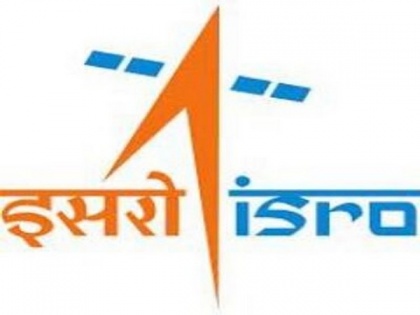Chandrayaan-2 Orbiter to provide high-resolution images: ISRO
By ANI | Published: September 7, 2019 10:42 PM2019-09-07T22:42:48+5:302019-09-07T23:00:07+5:30
The Indian Space Research Orgsation (ISRO) on Saturday said that Chandrayaan-2's Orbiter, which is already in the intended orbit around the Moon, will send high-resolution images and enrich the understanding of Moon's evolution, mapping of minerals and water in its polar region.

Chandrayaan-2 Orbiter to provide high-resolution images: ISRO
The Indian Space Research Orgsation (ISRO) on Saturday said that Chandrayaan-2's Orbiter, which is already in the intended orbit around the Moon, will send high-resolution images and enrich the understanding of Moon's evolution, mapping of minerals and water in its polar region.
The Chandrayaan-2, which was launched from the Satish Dhawan Space Centre on July 22, had an orbiter, lander, and rover to explore the unexplored south pole of the earth's natural satellite.
"The Orbiter camera is the highest resolution camera (0.3m) in any lunar mission so far and shall provide high-resolution images which will be immensely useful to the global scientific community," said the space agency in a statement.
The precise launch and mission management has ensured a long life of almost 7 years instead of the planned one year, the statement read.
Calling Chandrayaan-2 a highly complex mission, the agency said that it represented a significant technological leap compared to the previous missions undertaken by it.
It was aimed at studying the Moon's surface, sub-surface and the exosphere.
"Since the launch, not only India but the whole world watched its progress from one phase to the next with great expectations and excitement," the statement read.
Chandrayaan-2, after revolving around the earth's orbit, began its journey to the moon on August 14 and all manoeuvres were carried out to perfection until the last few minutes of descent.
( With inputs from ANI )
Open in app